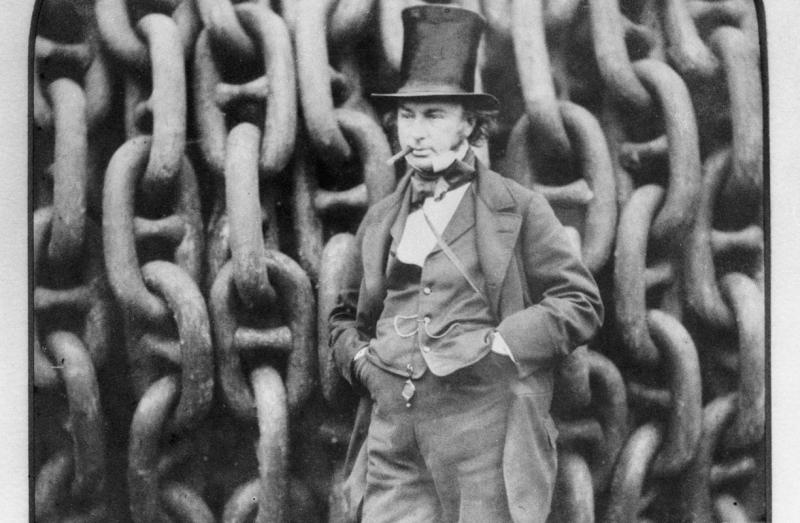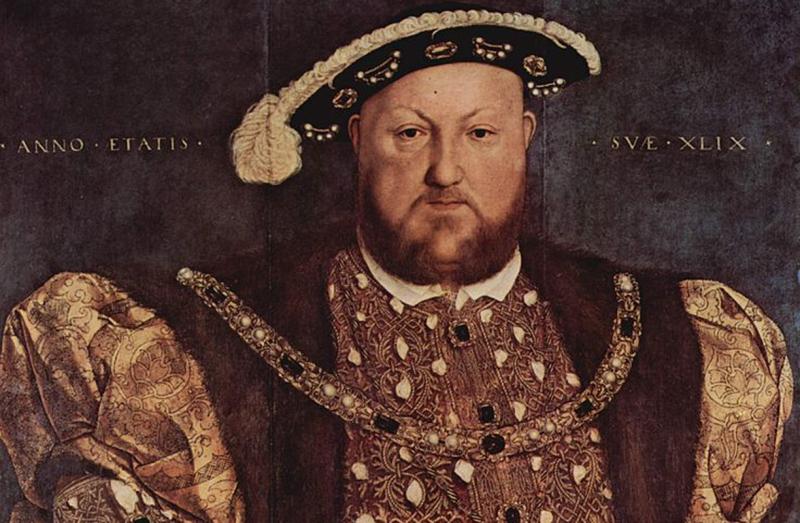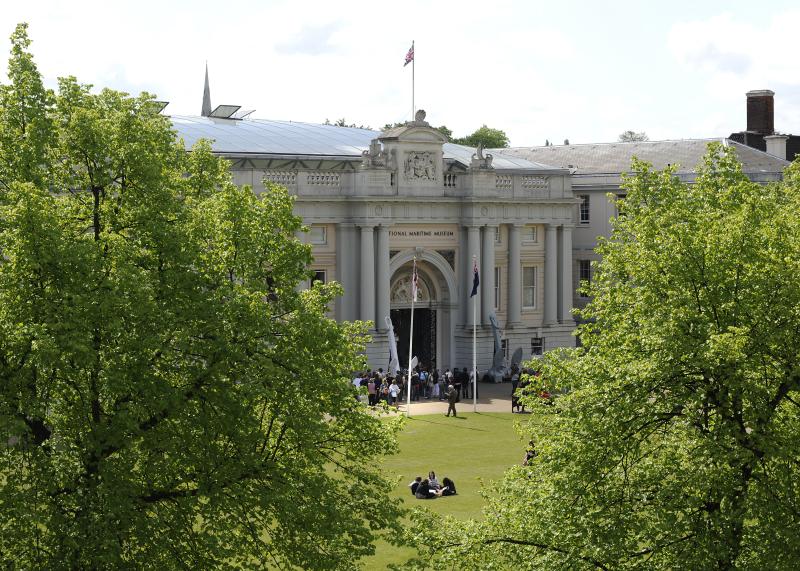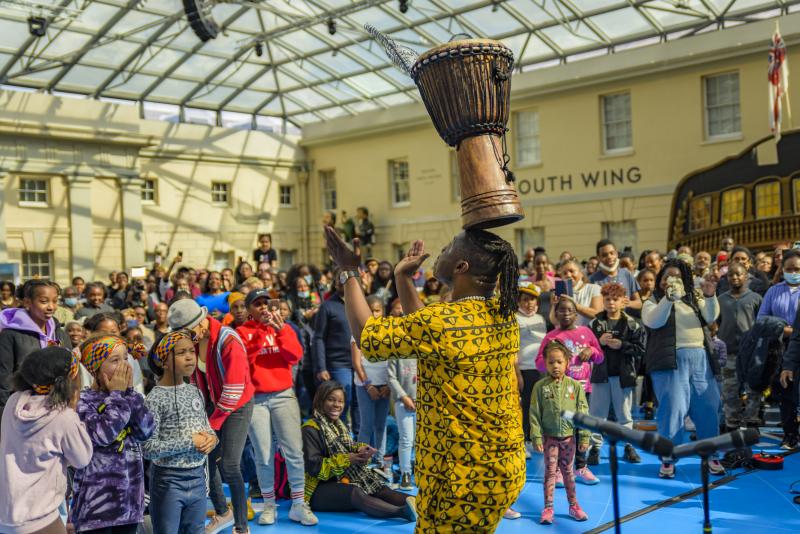Essential Information
| Location | |
|---|---|
| Price | Free |
London has been at the hub of British commerce and industry for nearly 2,000 years. This gallery looks at life on the Thames, the growth of the docklands and how institutions like Lloyd’s of London and the Baltic Exchange were formed.
Inside the gallery
Although London is no longer a major cargo-handling port, it continues to dominate important aspects of 'invisible' trade and maritime services. Being at the centre of world time, London is able to benefit from trading with the other major financial markets, Tokyo and New York, on the same day.
An ongoing programme of investment and redevelopment has transformed Docklands through the building of new housing, offices, shops and leisure facilities, and the provision of improved transport links and the world famous river is still at the heart of 21st century London.
Brunel and the Great Eastern
It was both Brunel's crowning glory and ultimate downfall. Hear the story of a ship more than three times larger than any of its contemporaries, but so innovative that the world wasn't ready for it.
Shipping and ship building
Find out about when London was Britain busiest port, with a huge system of docks and wharves and a significant ship building industry.
Life in London
The Thames has always provided work for the communities along its banks, making London a rich tapestry of peoples and cultures.
Bridges and buildings
See panoramas of the Thames, plans for Isambard Kingdom Brunel’s Thames tunnel and the original model of Nelson’s Column.
Cargoes and commerce
London was not only a very busy port – discover how the city became home to many specialist industries and businesses serving the maritime sector.
Pomp and pageantry
The Thames provides the backdrop for many national events, from state funerals to sporting events. Find out more about London’s ‘broadest street’.






